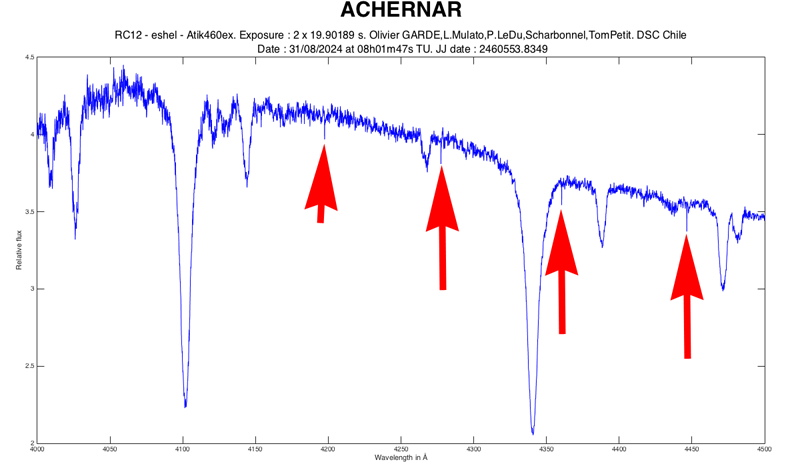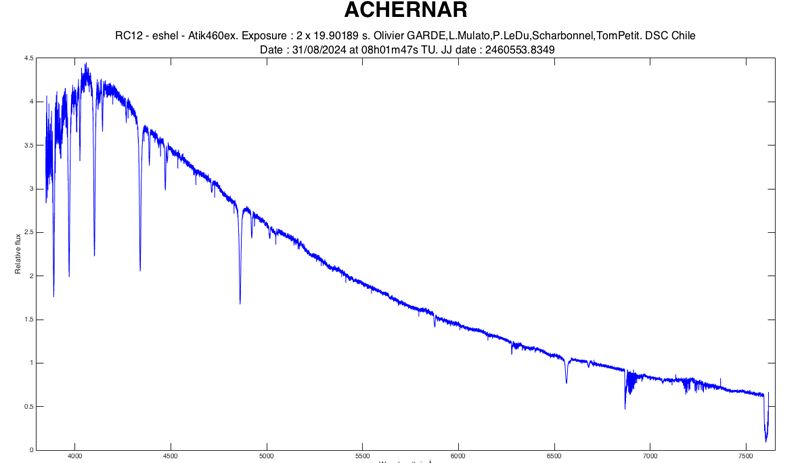eShel merged orders issue
Posted: Thu Dec 19, 2024 8:51 am
I am hoping someone might be able to shed some light on a curious problem that appears in the merged orders of eShel spectra processed in ISIS. The artefacts appear as 'bumps' at the points where individual orders meet in a merged spectrum and are particularly evident towards the red end, and almost completely absent at shorter wavelength merge points.
I've attached some screenshots that show the effect: a merged spectrum where you can clearly see the 'bumps', and a couple of screen shots that show unmerged orders plotted adjacent to one another that show the cause. The effects are almost absent at the 'blue' end, but increase to the extreme at the 'red' end and appear as pronounced deviations at one end of a typical order.
I have been fortunate enough to have had access to several eShel spectrographs and have been able to rule out hardware issues by swapping out fibres, calibration units, camera lenses and cameras as well as other items in the eShel package. I've also tried various flat lamp exposures as well as numerous permutations in both acquisition and processing in ISIS.
I am now at the point where I'm hoping that someone with an eShel might be able to shed some light on this, perhaps taking a closer look at unmerged orders in their own spectra processed in ISiS to see if the issue exists elsewhere (I have seen varying degrees of the problem in the eShel spectrographs that I've tested through ISIS processing).
Any other thoughts would be gratefully received.
Paul
I've attached some screenshots that show the effect: a merged spectrum where you can clearly see the 'bumps', and a couple of screen shots that show unmerged orders plotted adjacent to one another that show the cause. The effects are almost absent at the 'blue' end, but increase to the extreme at the 'red' end and appear as pronounced deviations at one end of a typical order.
I have been fortunate enough to have had access to several eShel spectrographs and have been able to rule out hardware issues by swapping out fibres, calibration units, camera lenses and cameras as well as other items in the eShel package. I've also tried various flat lamp exposures as well as numerous permutations in both acquisition and processing in ISIS.
I am now at the point where I'm hoping that someone with an eShel might be able to shed some light on this, perhaps taking a closer look at unmerged orders in their own spectra processed in ISiS to see if the issue exists elsewhere (I have seen varying degrees of the problem in the eShel spectrographs that I've tested through ISIS processing).
Any other thoughts would be gratefully received.
Paul

